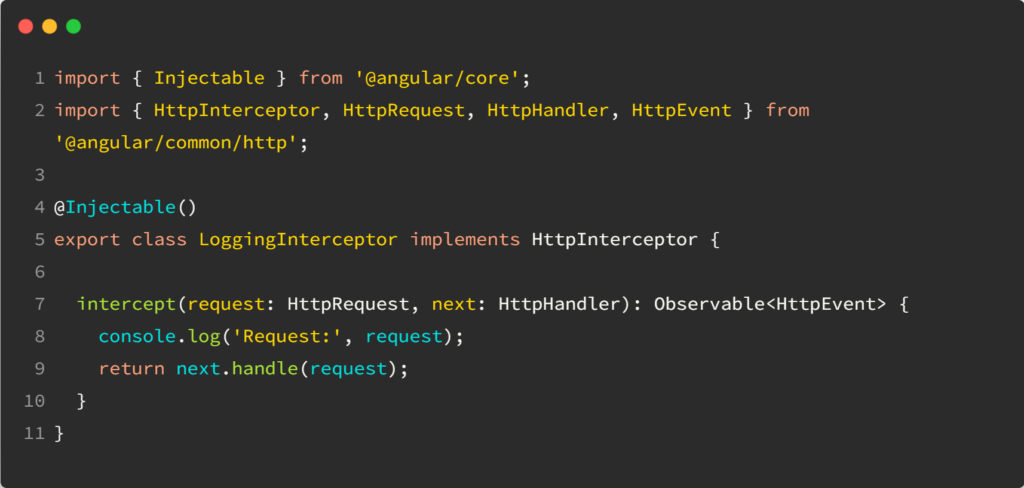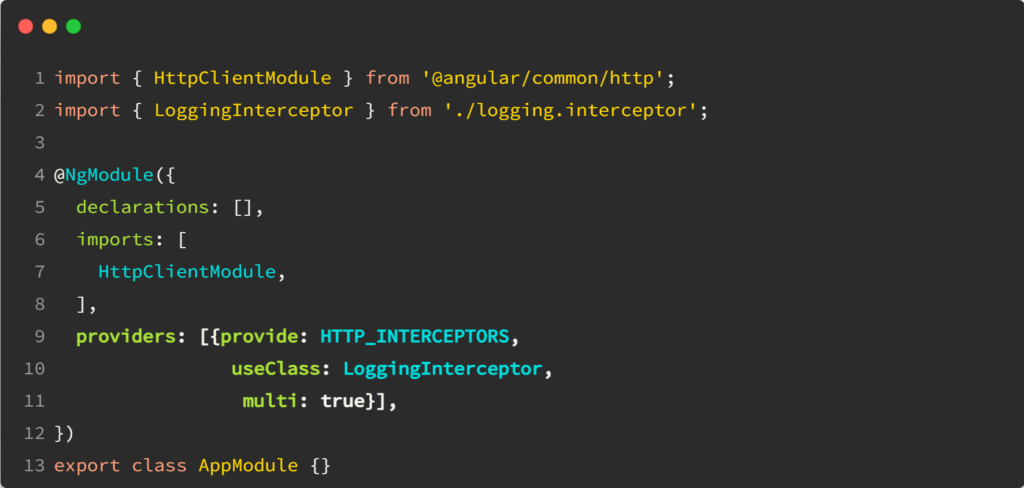Subscribers of this newsletter are located on all continents worldwide. Still, I’m based in one of the most expensive states (California) of one of the most expensive countries (USA) in the world, which means that sometimes, people complain about the prices of my services.
Good news! I decided to apply purchase parity pricing (PPP) on all my courses and certification exams, which also applies to the upcoming Angular Accelerator program.

If you live in an eligible country and go to the purchase page of any of those courses, a banner will appear with a coupon code that gives you a discount based on your country’s economic situation.
Of course, I can also make further exceptions on a case-by-case basis, so feel free to email me if you’re in a challenging situation and need financial assistance, or if the banner doesn’t show up for you.



















